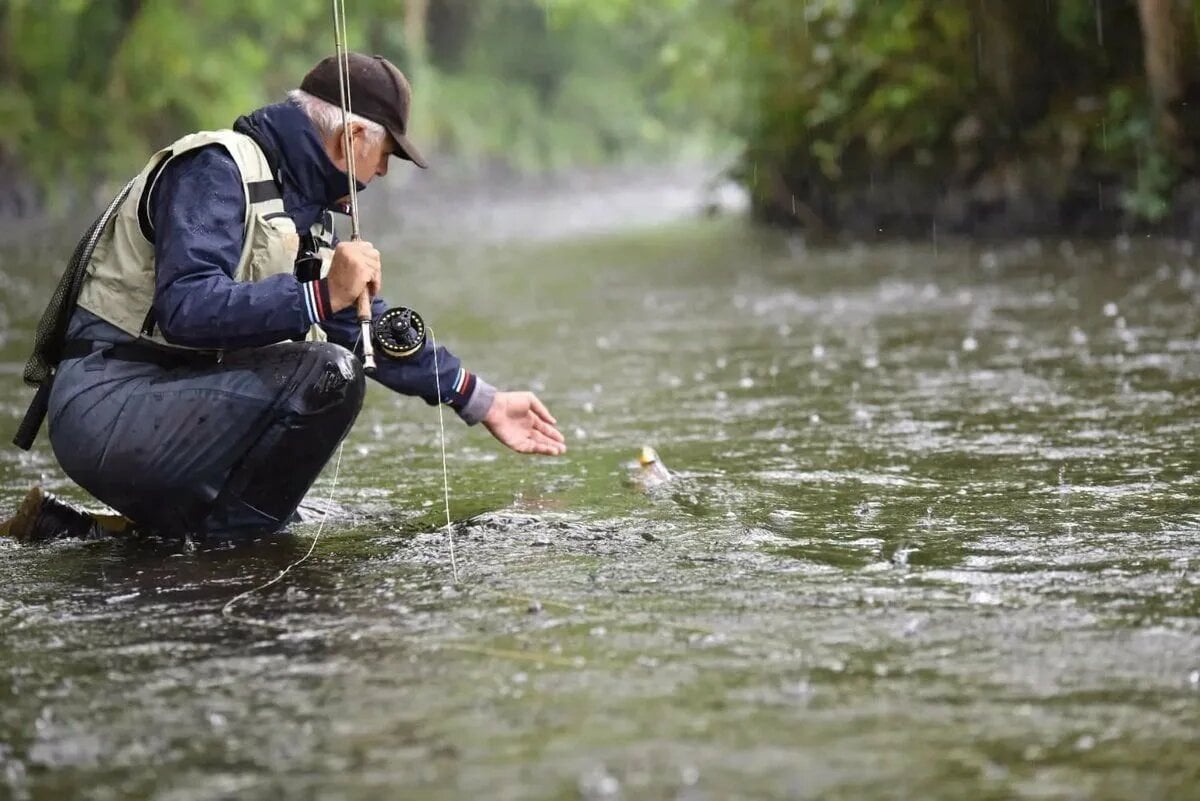How Weather Affects Your Fishing Success
"Unlock Nature’s Secrets to Boost Your Catch Rate"
Weather plays a crucial role in determining fish behavior, and understanding its impact can significantly improve your chances of success. Let’s dive into how different weather conditions influence fishing outcomes.
Barometric Pressure: The Invisible Factor
Fish are highly sensitive to changes in barometric pressure. Low-pressure systems often lead to increased feeding activity, as fish sense an approaching storm and prepare by eating more. Conversely, high-pressure systems can make fish lethargic, causing them to retreat to deeper waters.
Temperature Changes: Timing Is Everything
Water temperature affects both fish metabolism and their preferred habitats. In warmer months, fish tend to stay in deeper, cooler areas. During colder seasons, they move closer to shore or shallow spots where sunlight warms the water. Early mornings and late evenings are typically the best times to fish, as temperatures are milder and fish are more active.
Wind and Rain: Nature’s Advantage
A gentle breeze can stir up the water, bringing food particles to the surface and attracting fish. Similarly, light rain can create ripples that camouflage your presence, making it easier to approach wary species. However, strong winds or heavy storms can make fishing unsafe, so always prioritize caution over ambition.
By paying attention to these factors, you’ll be better equipped to plan your trips and adapt your strategies. After all, the key to successful fishing lies in working with nature, not against it.
